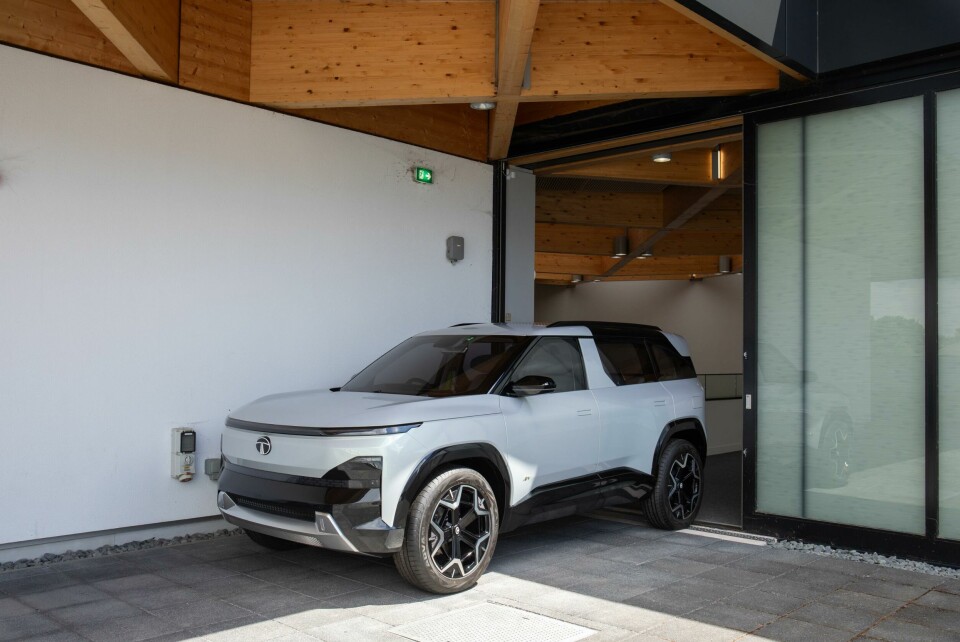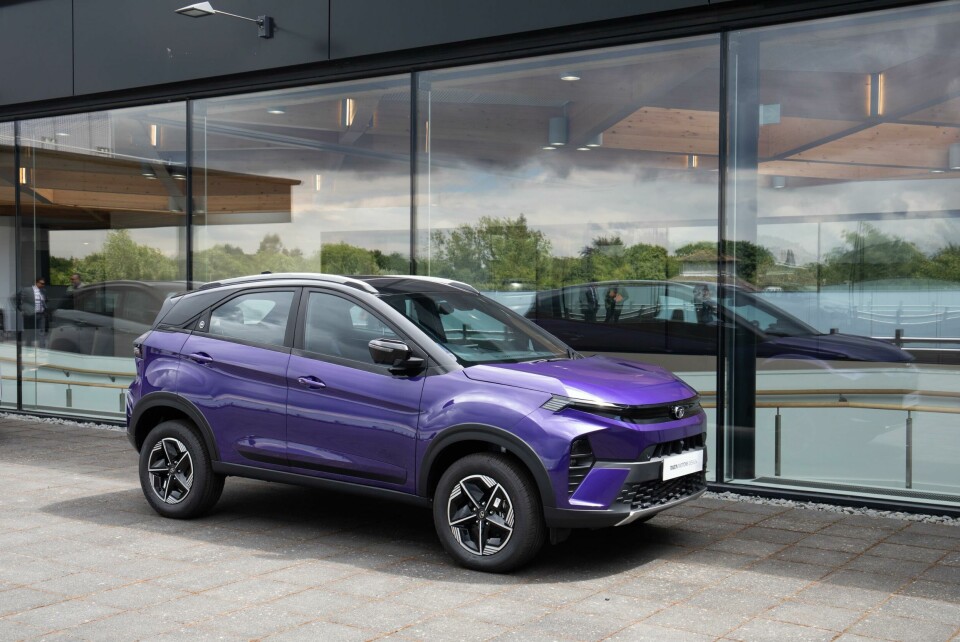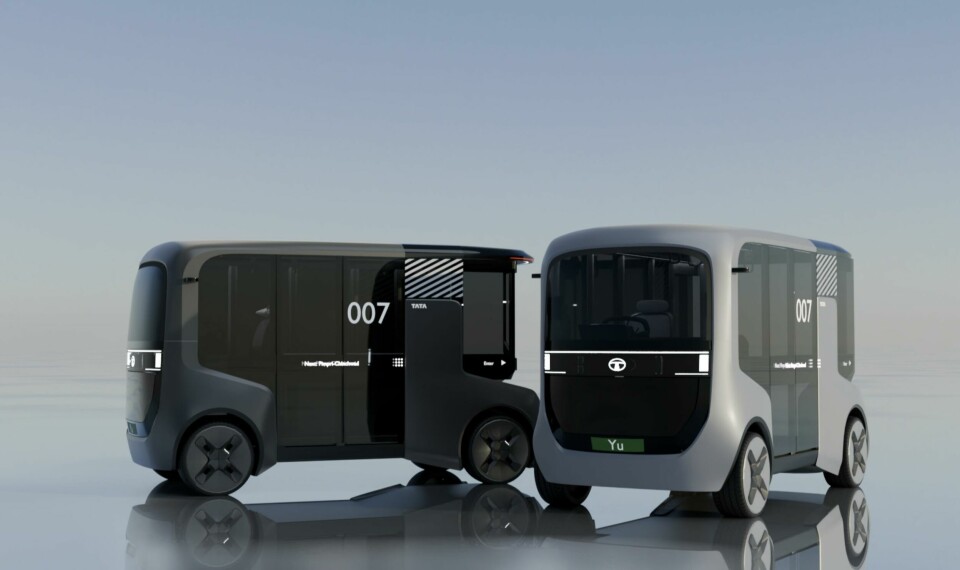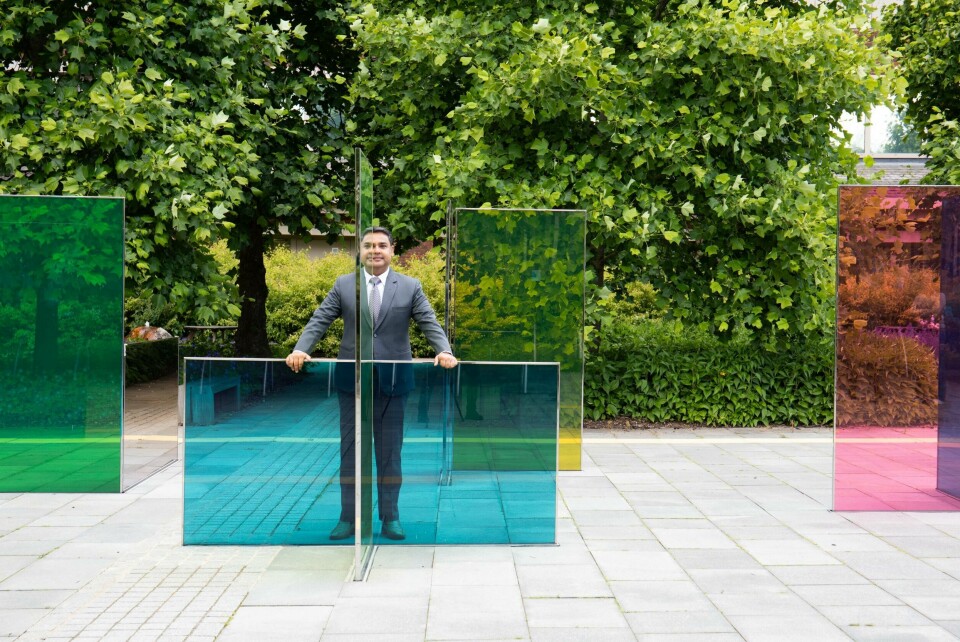
Ajay Jain, Tata: “We have to answer the question: what is Indian design”
Originally published in Car Design Review 11, Ajay Jain, head of India studio & global design strategy at Tata, explores the car market in India and the desire for maximalist design
Last year was momentous and will go down in history for a couple of reasons. One is the Chinese dominance on tech, EVs and digital experience. Beyond a doubt, they are well ahead and the competition is going to be fierce for everybody, inside China and in markets outside China too.
I put that down to Chinese perseverance and doggedness. There is great customer demand and the Chinese government is offering a huge amount of sponsorship. It really supports EVs. Then you’ve got Chinese tech companies like Xiaomi and Baidu in joint ventures with Chinese car companies BAIC and Geely sharing knowhow.

They were on the fringes of concept cars before, but suddenly it’s happening. Those who are not doing it will be left behind.
We are seeing the results of this coming together now. That’s where the Tata Group can do great things because we’re making EVs and connecting them with Tata’s power generation and charging infrastructure. Now that Tata has the Agratas battery company too, we can create the kind of ecosystem that the Chinese have created. But we are doing it by ‘Tata mandate’ not a government one.
People today have a deeper interest in how things are made and how polluting they can be. Unfortunately, the car industry is not a pioneer in this space. Adidas is already making its shoes out of recycled fishing nets and there’s a lot of material science research from product design and architecture into reusability and recyclability in manufacturing processes that can get assimilated at scale in the car industry. This was not the case earlier.
This was also the year of actually seeing major sustainable new material usage in production. They were on the fringes of concept cars before, but suddenly it’s happening. Those who are not doing it will be left behind.

In terms of body style, there’s been a resurgence of the sedan because of EVs. Maybe it’s partly a social responsibility thing, with some people not wanting to drive large SUVs. You see a lot of sedans in China where EVs are more prominent, but actually, they are more like GT cars, so it’s almost like a GT revival. There’s a plethora of them and they’re very elegant. That’s nice to see.
India is the most cost-conscious car market, the fourth largest in the world by volume – but by profitability only 14th – which makes a lot of car companies reticent about entering. The other thing about the Indian market, is that it includes so many people who are first-time buyers as a dream fulfillment of three or four generations of people who haven’t owned cars.
These customers don’t want ‘half a car’ like a quadricycle or something. It has to be desirable as an automobile, with all the style elements, but also functional and at the right price. Maybe that’s where some of the ‘low-cost cars’ in India failed because they appeared to be low-cost and people didn’t want to be reminded of that.
Percentage wise, Indian people also spend a lot more of their disposable income on a car that we might consider ‘low cost’, than Western buyers. Indian customers’ demands are very high, but their means are often very small.
In India we look for ‘maximalism’, a very assertive sense of luxury. That’s what drew me back to Tata. We want to create Indian design and DNA for an Indian brand that’s relevant, but also unapologetic

Indians tend to be more flamboyant, gregarious and expressive. You only have to drive down an Indian street and hear how many times they honk their horns to know how expressive they are. There is a sense of expression in the way they dress also. It’s difficult to find an equivalent in cars that strikes that balance between style, cost and substance.
Car design from Europe has this minimalism, simplicity, function, elegance and a focus on quality. In India we look for ‘maximalism’, a very assertive sense of luxury. That’s what drew me back to Tata. We want to create Indian design and DNA for an Indian brand that’s relevant, but also unapologetic.
While I’m transitioning from head of design strategy to Pune design studio chief, the Pune studio is going to be 100% responsible for commercial vehicle design. We’ve got four divisions: small, medium, heavy trucks and buses and take every selected proposal through to production. Then we’ll slowly try to earn the privilege of designing Tata ICE cars and EVs and help create the separation between Avinya and Tata as two distinct brand identities.

We have to answer the question: what is Indian design? India has become a very self-confident nation and Indian consumers need their cars to express an Indian-ness that can tap into their national pride as well. We want to develop a signature that resonates inside and outside India. That’s the key.
The Sierra show car we did back in 2021 is a very desirable design which we want to put into production by 2026 as a commemoration of literally the first car designed in India, for India – the Sierra 4x4 – back in 1991. The original Sierra was the most desirable car to have for my Generation X. Gen Y just want an SUV in this size and Gen Z want something cool with connectivity. We are hoping the new Sierra will appeal to all three generations.



